Did you know that Permissive Hypertension can help with a stroke recovery if administered in a controlled environment? Read all about it in this article.
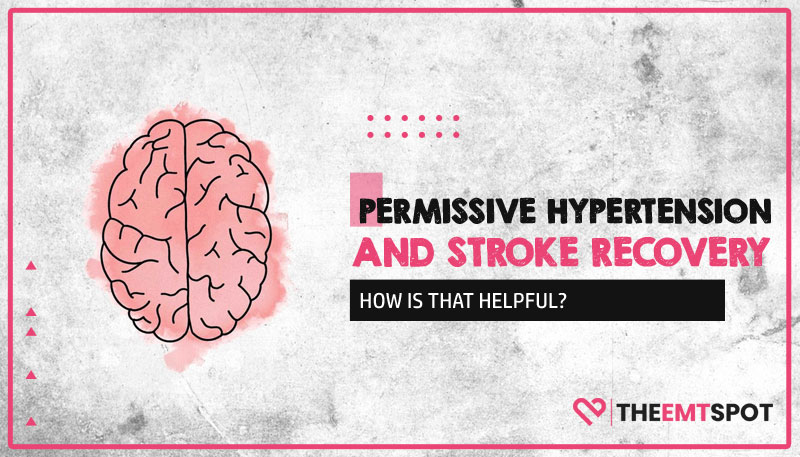
Quick Summary
- Permissive hypertension is when doctors administer higher-than-normal blood pressure in a monitored situation to help patients recover from an ischemic stroke.
- Permissive HTN includes three treatments: thrombolysis, recanalization, and collateral vasculature.
- As per guidelines, blood pressure during permissive HTN should remain below 220/120 millimeters of mercury for optimal health.
Hypertension is a serious health condition affecting more than 116 million Americans.
Left untreated, it can cause stroke, heart attack, and other cardiovascular-related illnesses.
But what many don’t know is that carefully monitored and managed hypertension may play an essential role in recovery for those who have already suffered from a stroke.
Permissive hypertension could potentially aid in restoring movement, strength, speech, and other abilities after a stroke.
Moreover, various research and new treatments are being developed to help people recover better with fewer long-term effects of their strokes.
Contents
What Is Permissive Hypertension
Permissive hypertension is a medical term used to describe situations where higher-than-normal blood pressure is present but is not considered dangerous or harmful.
In the past, permissive hypertension was thought to be a risk factor for stroke, but recent research has shown that it may actually have some benefits when it comes to stroke recovery.
One study found that patients receiving permissive hypertension during their hospital stay were more likely to have a better functional outcome after their stroke than those who did not have permissive hypertension.
The study’s authors suggest that higher blood pressure may help to perfuse the brain and improve outcomes.
While more research is needed to confirm these findings, they offer hope for patients struggling to recover from a stroke.
If you have suffered a stroke, talk to your doctor about whether permissive hypertension may be right for you.
Can Permissive Hypertension Aid Stroke Recovery
Recent evidence has shown that a modified approach to hypertension management could mitigate the damage caused by an ischemic stroke.
This technique is known as ‘permissive hypertension’ and involves reducing or even suspending blood pressure-lowering medications for up to 48 hours following an incident; this allows the person’s BP reading to rise higher than accepted norms, thus encouraging the increased circulation of oxygen-rich blood in affected areas of their brain.
Our intricate brains are protected by the exclusive confines of our skulls, which keep them safe from possible harm.
Unfortunately, this delicate system is easily disrupted when blood pressure veers outside its normal range – low BP deprives your brain’s cells of oxygenated blood.
At the same time, high levels create dangerous swelling and increased bleeding risk. After an ischemic stroke, the brain may be unable to regulate blood flow effectively.
This is where permissive hypertension comes in: it allows for higher-than-normal pressures to ensure that sufficient levels of oxygen reach your brain cells even if they cannot get them efficiently on their own.
To improve health outcomes with permissive hypertension, treatment may involve thrombolysis – administration of clot-busting drugs intravenously.
Another option is recanalization which aims at restoring blocked arterial blood flow through a process known as angioplasty or stenting.
Finally, maximizing the body’s collateral vasculature can provide an alternate pathway for circulatory exchange if another route has been obstructed due to blockage in other areas.
Precautions For Permissive Hypertension
In 2019, the American Heart Association issued guidelines for managing acute ischemic stroke to ensure patient safety.
The risks posed by severe hypertension include hemorrhagic transformation (a breach in the blood-brain barrier), hypertensive encephalopathy, and organ dysfunction, which can manifest through headaches, vomiting, balance issues, confusion, or impaired vision–in some cases, even seizures.
If left unmanaged, these conditions can affect vital organs, for instance, the heart, lungs, and kidneys.
Per the guidelines, for optimal health in the first 24-48 hours of permissive hypertension treatment, blood pressure should remain below 220/120 millimeters of mercury. In addition, one must be off natural blood pressure supplements before undergoing the treatment.
Things To Keep In Mind While Performing Permissive Hypertension
When performing permissive hypertension, it is crucial to consider several key points.
Regardless of the patient’s underlying medical condition, their health should constantly be monitored and maintained.
This means monitoring their blood pressure and heart rate regularly and promptly recognizing signs of distress in case of any changes.
In addition, it is essential to regularly assess the patient’s mental state – as elevated blood pressure can sometimes lead to anxiety.
It is also essential to ensure that the fluid balance is adequate while implementing permissive hypertension – as dehydration can cause further problems if not appropriately managed.
Finally, it is essential to note that permissive hypertension should only be done under the guidance of a qualified healthcare professional – as there are risks associated with its use.
With these considerations in mind, permissive hypertension can effectively treat certain medical conditions – when undertaken with careful oversight from a medical specialist.
Side Effects Of Permissive Hypertension
While permissive hypertension can be beneficial, caution must still be taken regarding blood pressure levels due to the potential risk of stroke.
Particularly concerning is an increase from an occlusive stroke (caused by a clot) to a hemorrhagic one, where not only does the artery become blocked, but it ruptures, leading to severe bleeding and possible permanent damage within the brain tissue.
Physicians typically do not advise permissive hypertension treatment for post stroke care with a left-ventricular assist device (LVAD).
This machine is used to support an underperforming heart.
However, studies have recently unveiled that increasing blood pressure can decrease cerebral perfusion and therefore become hazardous when combined with LVAD therapy.
Why Is The Blood Pressure Elevated In Permissive Hypertension After A Stroke?
After a stroke, the body’s natural response is to increase blood pressure to improve the flow of oxygenated blood toward and through the brain.
This elevated state can benefit individuals suffering from strokes as their bodies adapt to high-pressure functioning.
Additionally, lower levels may inhibit healthy responses that could be helpful in recovering from a stroke; therefore, keeping higher-than-normal pressures helps maintain an optimal environment while helping support healing processes associated with post-stroke conditions.
Following a stroke, the brain works to ensure optimal blood flow is sustained or resumed.
Studies have found that those cared for at home tend to recover more functionally than when treated in an acute rehab facility – where restrictions on blood pressure may hinder recovery progress.
Researchers suspect overly-strict hypertension management can impede post-stroke rehabilitation efforts and outcomes.
Wrapping Up
While it may seem counterintuitive, it’s clear that permissive hypertension can be beneficial in the aftermath of a stroke.
With immediate treatment, this response helps reduce possible tissue damage and facilitates faster recovery.
However, it is crucial to recognize that any pulse rate or pressure measurements should be monitored closely so that they do not eventually cause more harm than good.

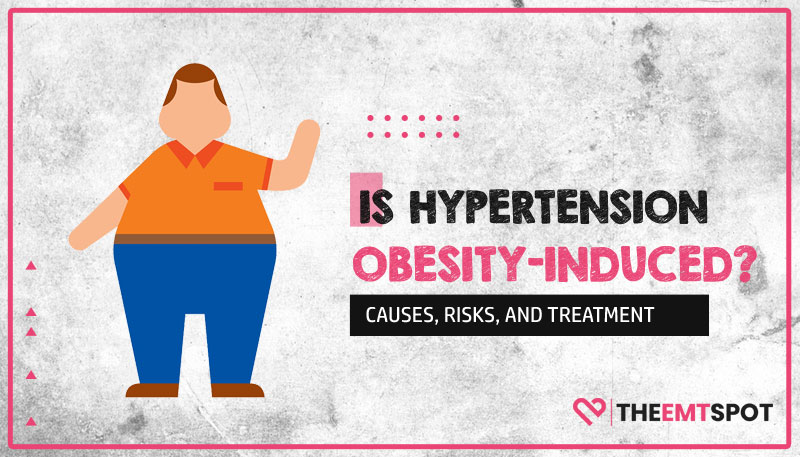
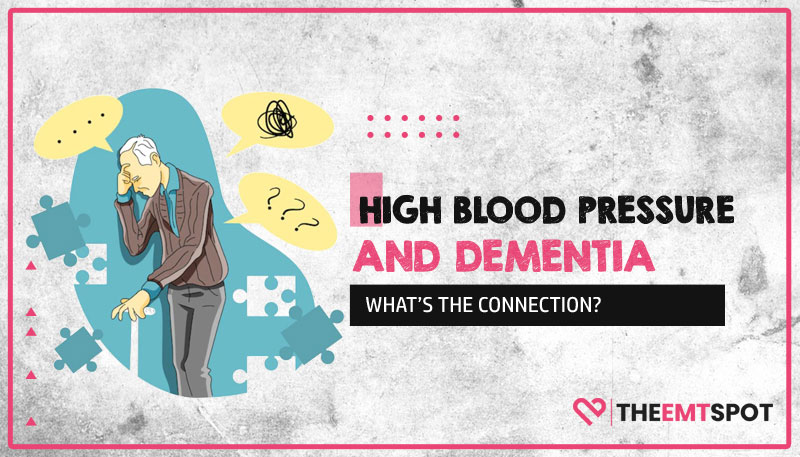
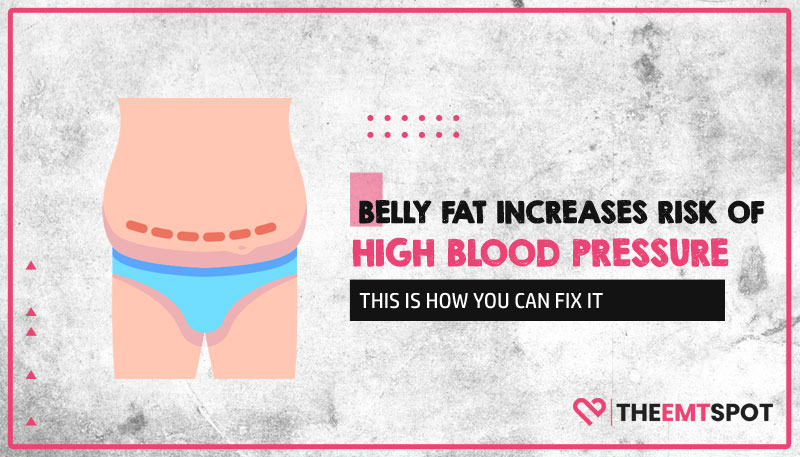
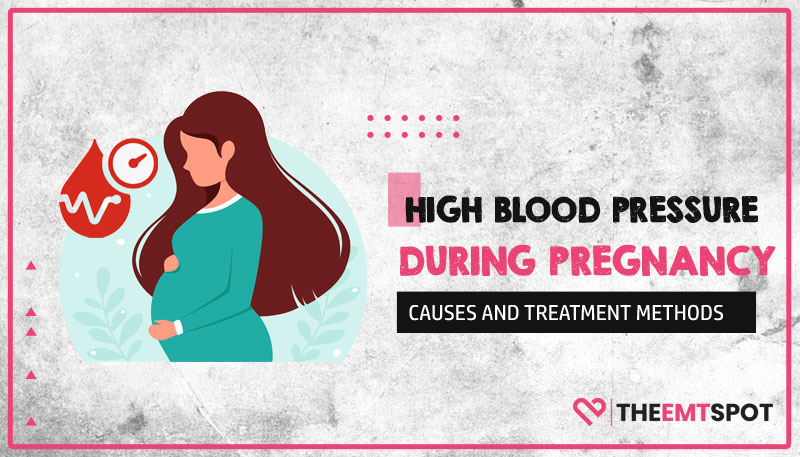
 Robin Backlund is a dedicated journalist and a medical student who has written several articles and essays exposing the falseness and hollowness of online resources in the medical science niche.
Robin Backlund is a dedicated journalist and a medical student who has written several articles and essays exposing the falseness and hollowness of online resources in the medical science niche.